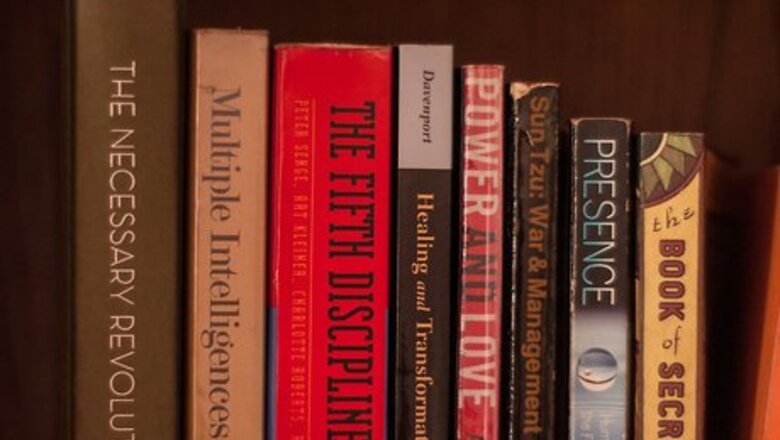
views
Size or Color Organization

Place the books on the shelf according to size. It is best to put larger, heavier books on lower shelves and smaller, lighter books on higher shelves; this is a basic principle to ensure that you stabilize the bookcase. This method is visually appealing and appears neat, as there is a size order. If you remember books by their size or shape, this method might be just right for you.

Sort books by color. For some people, the book's color or colorful style/depictions on the book's cover is highly memorable and instantly draws you back to each and every book read. And if you love arranging things by color in your home, this could be a great décor statement as well as an easy to way to retrieve your books.
Subject Method

Sort your books by topic. This means dividing the books into what you see as distinct topics, such as placing all the romance books in one pile, all the science books in another, philosophy, biographies, how-to manuals, etc. into another pile. Consider dividing fiction and non-fiction. You might like to make a distinction between fiction and non-fiction books––this method tends to encourage this division naturally. Such a division can be done on the same bookshelf, for example by placing all fiction novels on the top shelf and all woodworking manuals on the bottom shelf. Or it can be done by using different bookshelves across the house, for example, keeping cookbooks in the kitchen and romance novels in the bedroom.

Determine the shelf space required for each topic. It's always wise to assume you need more space rather than less, since it's likely you'll add to your collection over time and somehow, stray books will always turn up in need of shelving!
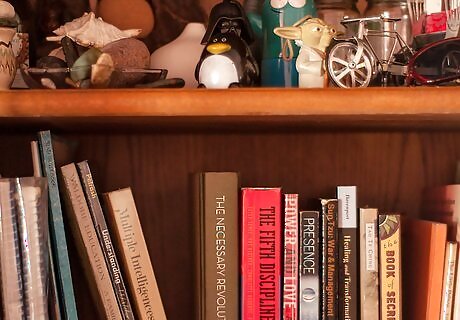
Place the books by topic selection on the shelves, together with others of their genre. In some cases, as shown in this image, you might like to add some relevant items to the shelf as well, such as figurines, photos or collectibles.

Choose an identifying mark for each subject or genre. This method is optional if it's already easy for you to remember where you've placed the books by topic. But if you need to further clarify the topics, some easy methods to adopt include: Colored Stickers: Choose stickers with permanent adhesive from a library supply company, or be prepared to cover the sticker in permanent tape. Avoid packing tape and scotch tape as they yellow, crack and peel, while duct tape becomes gooey over time. Colored Cloth Tape: Permanently adhesive colored tapes work very well for this task. Written symbols: Use a permanent marker to write a letter(s) or identifying mark for each subject or genre. For example: "R" for Romance, "M" for Mystery, "R" for Religion, "B" for Biographies, etc. Unfortunately, not all books are the same color, so what shows up well on one cover may not show up at all on a different color; as an exception for books that use the same color as your label, consider opting for a white label and use marker in the chosen color. These are great to use if you move frequently and need your book collection to stay relatively intact when packed.
Desktop Organization
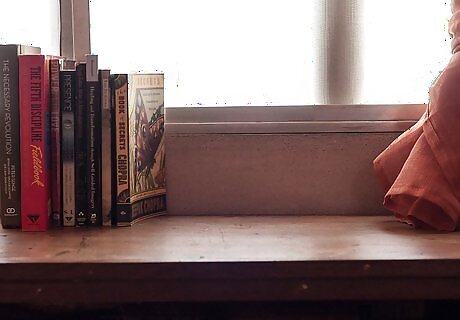
If you keep a book collection on your desk, organizing it can help make your work or study more effective. Take a look at what books are currently sitting on your desk. What sorts of books do you consider necessary for a desk book collection? Usually it will be books you need to reach for almost every time you're at your desk, such as dictionaries, reference manuals, computer troubleshooting manuals, guides for writing, editing or calculating, books that are currently important for an essay/report/book you're preparing, etc. Books that are not likely to be as necessary could include manuals you'd check no more than once every few months, novels you're meaning to get around to reading and books that are more interesting than what you're supposed to be getting on with! Remove anything that isn't in frequent use or is serving as a distraction.
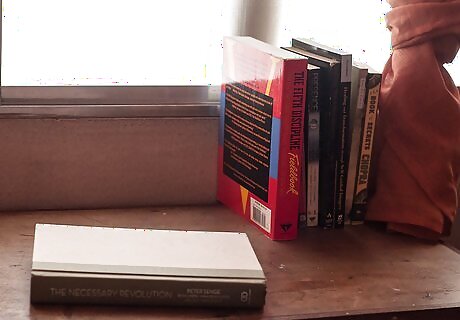
Use a very small part of your desk for your book collection. The basic rule of books on a desk is to keep them to a minimum. The desk is an area for papers, the computer and spreading out open books that are in use. Anything else is extraneous and risks getting in the way, especially with a small desk. Ideas for shelves on or near desks include: a small portable shelf that can be picked up by hand with the books still on it; books held upright between portable bookends; shelving hanging above the desk on the wall; or simply leaning books up against the wall if the desk sits against a wall.

Arrange the books according to frequency of use. Put the most used as near to your reach as possible, and the lesser used but still useful ones can be placed further away from where you're seated. Keep it simple. Get into the habit of always returning books to their proper shelves after using. Books piling up on a desk can demotivate you from getting back to study or work and isn't very organized.













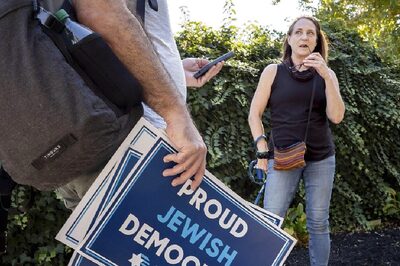






Comments
0 comment